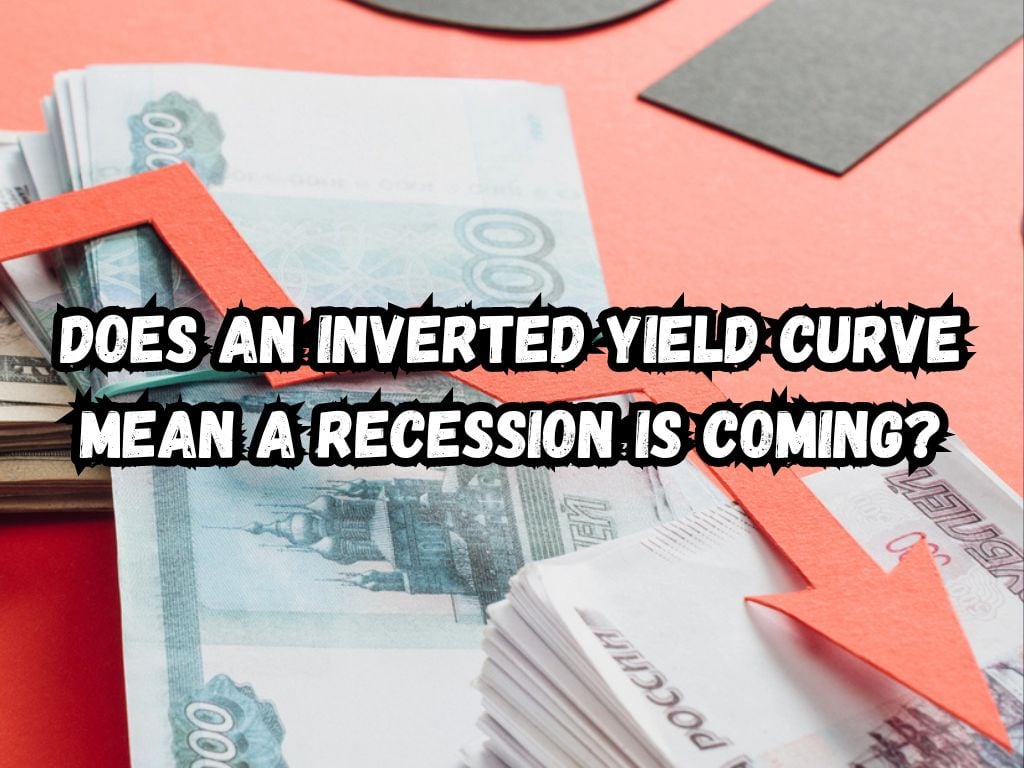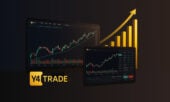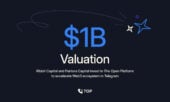When news outlets and financial analysts start talking about an inverted yield curve, ears perk up, and anxiety tends to rise among investors and the public alike. The reason is simple: historically, an inverted yield curve has been a harbinger of a recession.
But does an inverted yield curve mean a recession is coming? In this comprehensive exploration, we delve into what an inverted yield curve signifies, its historical relationship with recessions, and whether it should be viewed as an infallible predictor of economic downturns.
Understanding the Yield Curve
At its core, a yield curve represents the relationship between the interest rates of bonds of the same credit quality but different maturity dates.
Under normal circumstances, long-term bonds yield more than short-term ones, reflecting the additional risks and commitments associated with a longer investment.
An inverted yield curve occurs when this expectation flips — when short-term interest rates exceed those of long-term bonds.

The Inverted Yield Curve as a Recession Predictor
Numerous instances in the past have shown that an inverted yield curve often precedes a recession. The rationale behind this link suggests that investors have a gloomy outlook on the economy’s future, prompting a shift towards safer, long-term investments, thereby lowering their yields below those of short-term securities.
However, it’s critical to note that while an inverted yield curve has a strong track record of predicting recessions, it’s not perfect. There have been exceptions, and not every inversion forecasts economic decline.
Does an Inverted Yield Curve Mean a Recession Is Coming?
The inversion of the yield curve is typically driven by various factors, including changes in interest rates affected by central bank policies, investor sentiment, and broader economic indicators.
When central banks hike short-term interest rates to curb inflation or when investors flock to long-term bonds as a safe haven, the yield curve can invert.
Recent Instances of Yield Curve Inversion
Historically, yield curve inversions have preceded recessions, such as those that occurred prior to the 2008 financial crisis.
In each case, the economy’s context played a crucial role, with factors like inflation, asset bubbles, and geopolitical uncertainties contributing to the curve’s inversion.
Factors to Consider Before Predicting a Recession
Predicting a recession solely based on an inverted yield curve can be misleading. Other economic indicators, such as employment rates, consumer spending, and manufacturing activity, provide a fuller picture of economic health.
Additionally, the globalization of financial markets means that U.S. yield curves can be influenced by international events, complicating the prediction of domestic recessions.
Impact of an Inverted Yield Curve
The immediate impact of an inverted yield curve can be seen in financial markets, often causing a sell-off in stocks due to anticipated economic slowdowns.
However, the psychological effect on consumers and businesses can exacerbate the situation, leading to reduced spending and investment even before a recession materializes.
What Investors Should Do
For investors, an inverted yield curve signals a need for caution and adaptability. Diversifying portfolios, focusing on quality investments, and maintaining a long-term perspective can mitigate some risks associated with economic downturns.
However, it’s also a time to look for opportunities, as market corrections can present attractive entry points.
Expert Opinions and Alternative Views
Economists and financial experts often offer diverse opinions on the significance of an inverted yield curve. Some view it as a reliable indicator, while others argue that modern monetary policy and global economic factors have diminished its predictability.
Exploring these differing perspectives can provide a balanced view of the potential impact of yield curve inversions.

Pro Tips
Keeping a close eye on various economic indicators, consulting with financial advisors, and maintaining a well-balanced investment strategy are practical steps to manage the uncertainties posed by an inverted yield curve.
Frequently Asked Questions
What is the most reliable timeframe for a yield curve to predict a recession?
There is no specific timeframe that guarantees accuracy. Historically, recessions have followed an inversion within 6 to 24 months, but there are exceptions.
Has there ever been an inverted yield curve that didn’t lead to a recession?
Yes, there have been instances where an inverted yield curve did not directly result in a recession, highlighting its limitations as a singular predictive tool.
What should individual investors do when they hear that the yield curve has inverted?
It’s crucial for investors to not panic but to review and possibly adjust their investment strategies in anticipation of increased market volatility.
How does government and central bank intervention impact the reliability of an inverted yield curve as an indicator?
Central bank policies can significantly affect the yield curve, potentially leading to artificial inversions that may not necessarily indicate a recession.
Are there any industries or sectors that benefit from an inverted yield curve?
Typically, sectors that thrive on lower interest rates, such as utilities and real estate, can benefit in the short term from the initial phases of a yield curve inversion.
Conclusion
Although an inverted yield curve has historically signaled impending recessions, it is important to interpret this phenomenon with caution.
It’s one piece of the economic puzzle, and its implications can be influenced by a myriad of factors.
By staying informed and considering a broad spectrum of economic indicators, investors and consumers can better navigate the uncertainties of the financial markets.


 Tags:
Tags:










